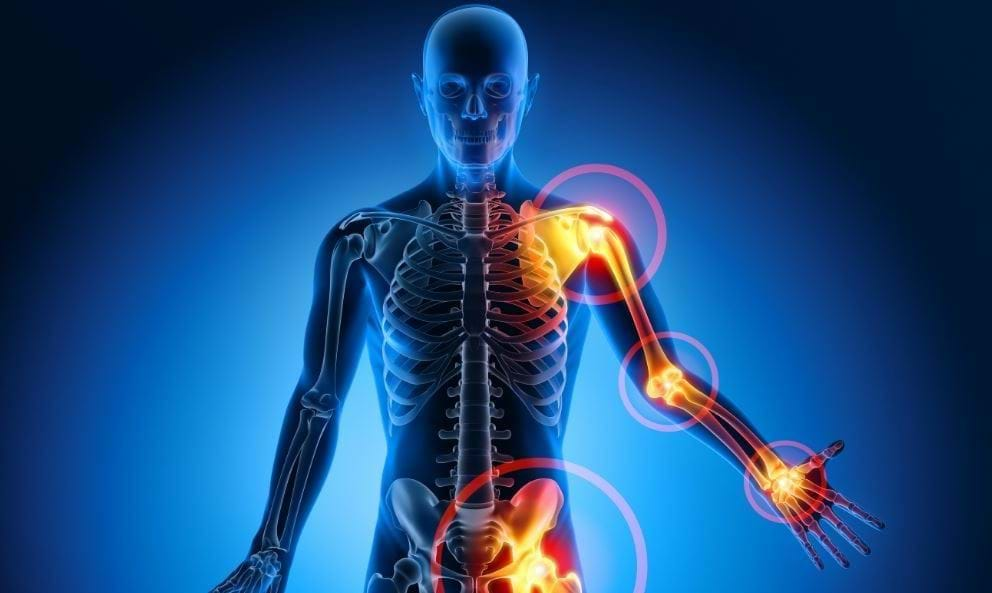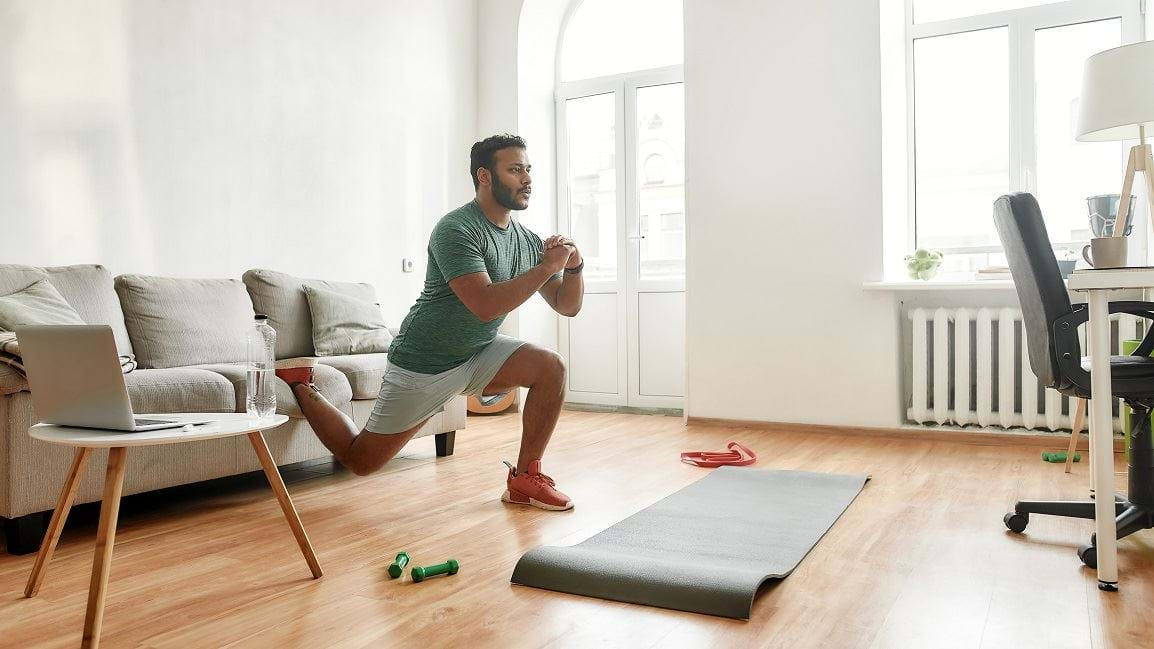
Exercise and Osteoarthritis: The Best Ways to Stay Active and Manage Joint Pain
Osteoarthritis is a degenerative joint condition affecting over 8 million people in the UK. It occurs when joint cartilage breaks down, causing pain, stiffness, and reduced mobility. While the condition can't be reversed, proper exercise can help manage symptoms and slow progression.

Medical skeleton showing joint locations
Benefits of Exercise for Osteoarthritis:
- Helps reduce excess weight, decreasing joint pressure
- Strengthens supporting muscles around affected joints
- Improves range of motion and flexibility
- Reduces pain and stiffness
- Maintains joint function
Exercises to Avoid:
- High-impact activities like running
- Sports requiring quick directional changes (tennis, basketball)
- Plyometric exercises (box jumps, explosive movements)
- High-repetition activities during flare-ups

elderly woman exercising in pool
Recommended Exercises:
Strengthening Exercises:
- Sit to stands
- Mini wall sits
- Knee extensions
- Hip abductions
- Step ups
Stretching:
- Dynamic stretches
- Static stretches
- Yoga
- Pilates
Low-Impact Aerobic Exercises:
- Cycling
- Swimming and water aerobics
- Cross trainer
- Low-impact dance fitness classes
Important Tips:
- Always warm up for 10 minutes before exercising
- Stay within pain-free range of motion
- Start with manageable weights/resistance
- Alternate between different exercises to avoid overuse
- Consult healthcare professionals before starting new exercises

Man doing strength training at home

Woman performing calisthenics shoulder exercise

Senior using resistance training equipment
Related Articles

Understanding Lupus: Symptoms, Treatments, and Living with an Autoimmune Disease

